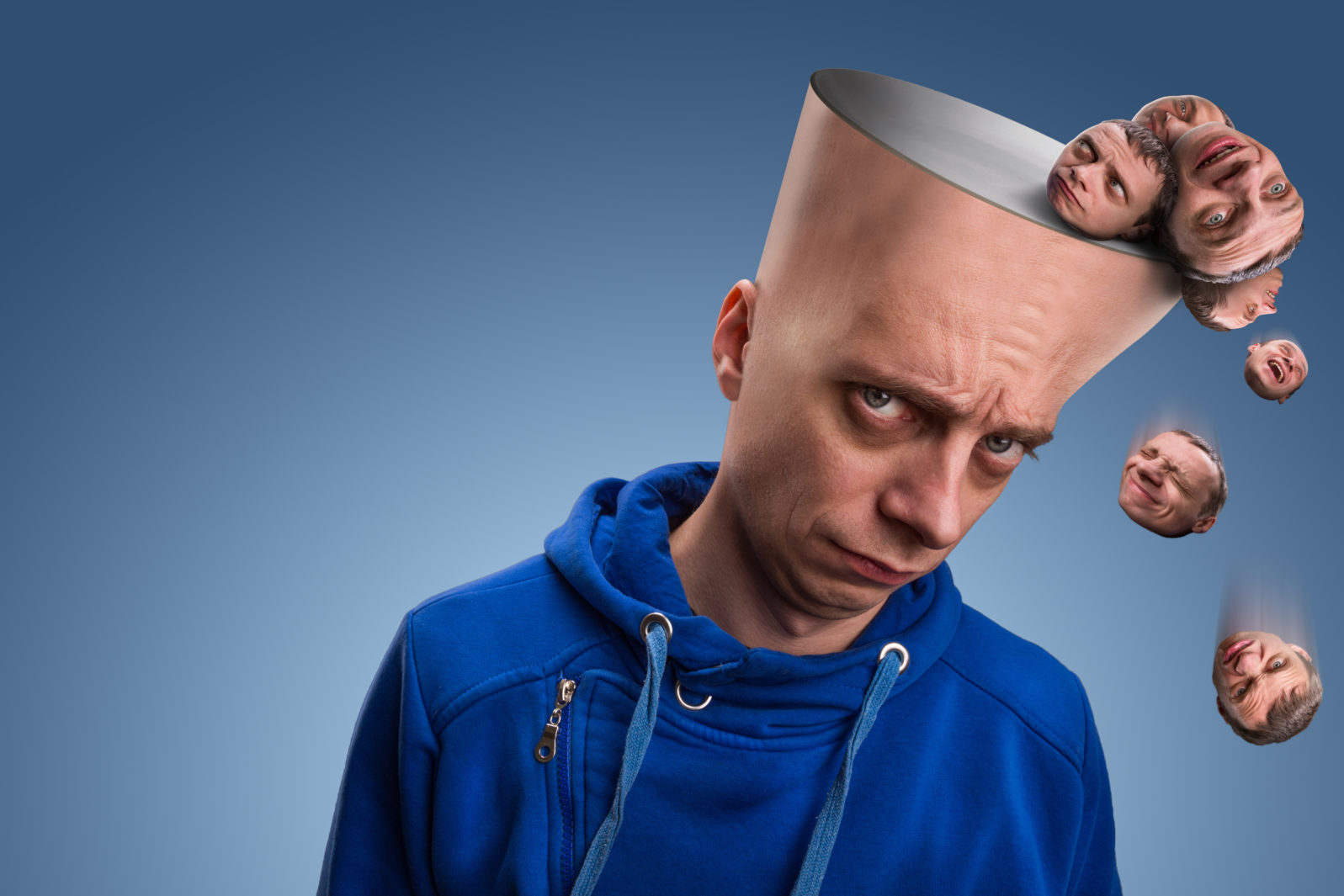How Split-Brain Surgery Underlines the Unity of Consciousness
At one time, some thought that if the brain were split, consciousness would be too, but that did not turn out to be trueIn the third podcast of a series, “Unity of Consciousness,” Walter Bradley Center director Robert J. Marks interviews Angus Menuge, professor and chair of philosophy at Concordia University, on unique features of human consciousness. They started with the fact that our experiences are a unity despite being scattered across many brain regions. But it’s a remarkable fact that our consciousness remains single even when our brains are split in half:
This portion begins at 03:04 min. A partial transcript, Show Notes, and Additional Resources follow.

Robert J. Marks: Let’s talk about the split brain operation where a neurosurgeon goes in and separates the right and left hemispheres. As I understand it, the signal for the epileptic fits starts on one side and is communicated to the other side. But by splitting the brain, you eliminate that path from one side to the other and therefore get rid of the epileptic fits. The part I found fascinating in the split brain experiments, according to talks with Michael Egnor is that people don’t change their personalities very much. And it seems like they don’t change their consciousness. That to me is astonishing. That really seems to contribute to this idea of unity of consciousness in a very strong way.
Note: Neurosurgeon Michael Egnor [pictured]: “The reasoning behind the surgery is that there are some people who have small seizures in one hemisphere of the brain who have those seizures travel across the corpus callosum into the other hemisphere and when the seizure does that, it becomes a major seizure instead of a small seizure. That can be very disabling and there are people who have twenty or thirty of those major seizures a day and medication doesn’t always work. So the point of the corpus callosotomy [split brain surgery] is to prevent the major seizure from happening. It’s reasonably effective. There are many ways of doing it. Sometimes the entire corpus callosum isn’t cut but only part of it.” – “If your brain were cut in half, would you still be one person?” Mind Matters News (April 4, 2020)
The remarkable part, as Dr. Egnor goes on to say, is what both Roger Sperry’s Nobel Prize-winning research and clinical experience shows: “ … you cut the brain basically in half and—except for the fact that their seizures usually get better—they’re no different. They’re perfectly all right … If you were to meet these people, if they sat down in front of you and you had a conversation with them, you couldn’t tell the difference’ They’re perfectly normal people. And they can’t tell the difference. They don’t feel any different.”
Angus Menuge: Early on, when those experiments were first done or treatments for patients, it was thought that, oh look!, we can split consciousness. And now there will be two consciousnesses, one for each hemisphere.
But Tim Bayne, who is an expert on the unity of consciousness, says no. Really the best explanation of what is going on is that there is one consciousness that can split its attention and it’s doing two different kinds of processing depending on the hemisphere involved. And so it might be that one hemisphere doesn’t have everything it needs for certain kinds of cognitive tasks, but it’s really one consciousness that splitting its attention two different ways. It’s not two different consciousnesses, according to him.
Robert J. Marks: We hear about — at least in the movies — split personalities. People who turned into a Dr. Jekyll/Mr. Hyde. Sally Field starred in Sybil, about a girl that had numerous split personalities. And would we say that this is an exchange of consciousness, is this just something in psychology as opposed to philosophy? Or what’s going on here?

Angus Menuge (pictured): Well, it seems to me the best explanation of what’s going on is that there is a change in the access to certain information. There’s really one subject but just as in split brain cases, it can switch its attention, so one “personality” finds memories and experiences of another “personality” inaccessible –- much like the Jekyll Hyde account. But there isn’t really a reason to think that there are multiple subjectivities or conscious subjects. It’s just that this one subject can enter different modes and the kind of information and experiences they have in one mode then is not necessarily accessible in another mode.
Robert J. Marks: That’s interesting. So the single dose of consciousness is always applicable, but it’s like a little switch is thrown to switch you from a Dr. Jekyll to Mr. Hyde and you don’t relate to the other one while you’re doing the switch.
Note: “The movie Sibyl is based upon author Flora Rheta Schreiber’s biography of Shirley Ardell Mason, an American psychiatric patient, suffering from multiple personality disorder.” – IMDB The problem the film portrays is now called “dissociative identity disorder” (formerly “multiple personality disorder”).
“DID [dissociative identity disorder] was called multiple personality disorder up until 1994, when the name was changed to reflect a better understanding of the condition—namely, that it is characterized by a fragmentation or splintering of identity, rather than by a proliferation or growth of separate personalities.” – Psychology Today
DID is often associated with severe childhood abuse. The consciousness is the same but the different “personalities” may be a way of coping with the aftermath of abuse.
Next: Why do we stay the same person over time? Why not split?
Here is the earlier portion of this discussion:
Mystery: Our brains divide up events but we experience them whole That’s one of the conundrums of consciousness. Philosopher Angus Menuge notes that something that is not just our brains unifies our experiences from the partial information scattered across many neurons.
Show Notes
- 00:30 | Introducing Dr. Angus Menuge
- 01:04 | Unity of consciousness
- 03:04 | Split-brain operations
- 04:55 | Split personalities
- 06:49 | Too many thinkers problem
- 11:06 | Why don’t bodily changes generate a different consciousness?
- 14:28 | Elon Musk’s Neuralink
Additional Resources
- Dr. Angus Menuge at Concordia University
- The Inherence of Human Dignity, vol. 1: Foundations of Human Dignity edited by Dr. Angus Menuge
- The Inherence of Human Dignity, vol. 2: Law and Religious Liberty, edited by Dr. Angus Menuge
- Religious Liberty and the Law, edited by Dr. Angus Menuge
- The Blackwell Companion to Substance Dualism, co-edited by Dr. Angus Menuge
- Michael Egnor at Discovery.org
- Tim Bayne, philosopher of mind and cognitive science
- Sybil (1976)
- Richard Swinburne, English philosopher
- Neuralink
- Elon Musk, entrepreneur and engineer
